
Working out of the Box is a series of features presenting architects who have applied their architecture backgrounds to alternative career paths.
In this installment, we're talking with Julia Watson, landscape architect turned sacred space conservationist.
Are you an architect working out of the box? Do you know of someone that has changed careers and has an interesting story to share? If you would like to suggest an (ex-)architect, please send us a message.
Conservationism is a thorny practice. Trying to protect regional identities on a finite Earth pulls against the push of globalization and an expanding world population. A real need arises for adaptive conservation models that are both empathetic and pragmatic. This motivated Julia Watson to found Studio Rede, a design studio that collaborates with local agencies, anthropologists and other conservationist allies to create socially-responsible designs.
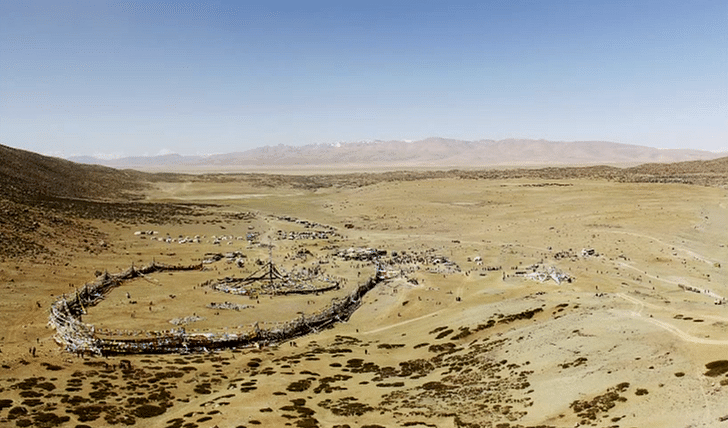
Watson trained as a landscape architect with an interest in places significant to indigenous peoples, but lacking formal recognition by conservationists. Often unknown by institutions like UNESCO, this “shadow” conservation network needs not only protection, but careful management and understanding. These places are the focus of Studio Rede.
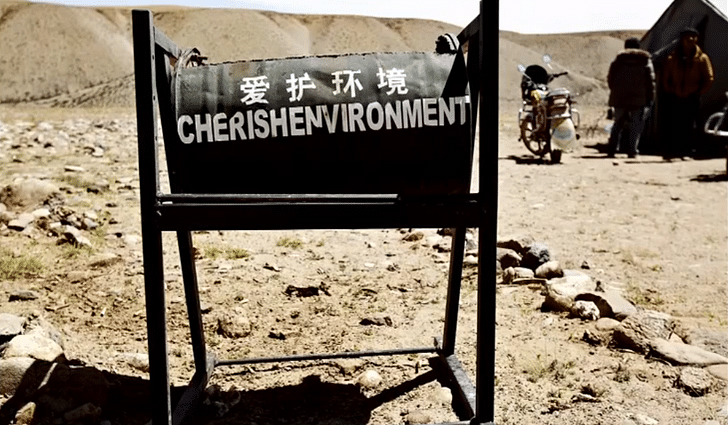
Where did you study architecture?
I’ve been involved in academia, either teaching or studying architecture and landscape architecture for fourteen years at Harvard, Columbia, Rensselaer, QUT and UQ. I graduated from Harvard with my Masters degree in Landscape Architecture in 2008 but began studying architecture in 1995 at the University of Queensland in my hometown of Brisbane, Australia.
At what point in your life did you decide to pursue architecture?
Honestly, that decision came about in high school to console my parents who were worried because all I wanted was to be an artist.
When did you decide to stop pursuing landscape architecture? Why?
I began to carve out this alternative pathway early on in architecture school while researching a phenomenon called ‘dangerous places’, It’s a mystical form of conservation I’ve been obsessed with what I understand to be this alternative spatial universe that exists almost invisibly, right under our noses.that’s part of the Australian aboriginal conception of space. From then on I’ve been obsessed with what I understand to be this alternative spatial universe that exists almost invisibly, right under our noses. It’s really an understanding of the natural world and its complexity as a dynamic ecosystem that indigenous people formalize through sacred practices and traditional knowledge. I find the way indigenous people or ‘ecosystem dwellers’ understand the environment is astounding and have been trying ever since to identify this liminal space to work in that exists between design, conservation, social innovation and technology. For the past few years I’ve been working solely on large-scale conservation projects and on the development of an App that is for the Conservation of Sacred Spiritual Centers and Natural Sites.
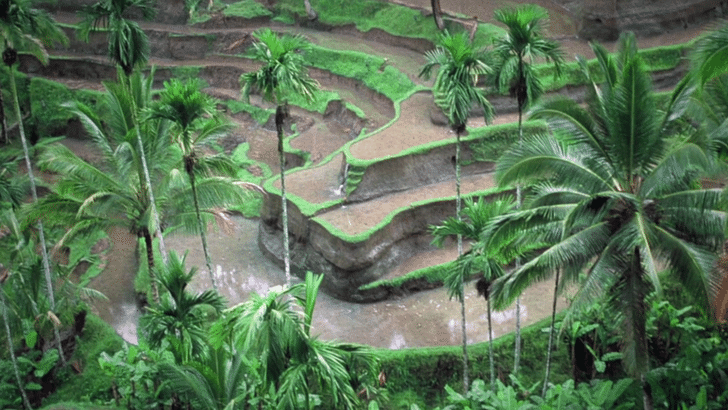
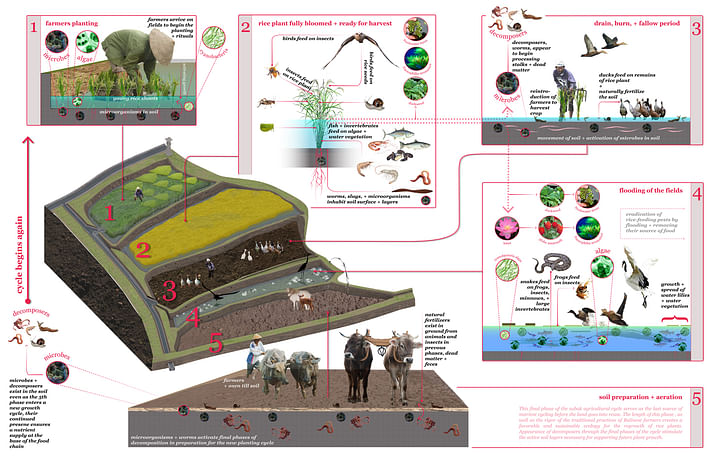
Describe your current profession.
The territories where I’m interested in exploring and working fall outside the norm for architects and beyond the formal network of Conservation lands. I’m literally working in the shadows – within the informal global network of traditional and indigenous peoples’ sacred natural sites - which is termed the Shadow Conservation Network. It’s considered to be the world’s oldest model of environmental conservation.
In 2013 I founded Studio Rede, a design collaborative that brings socially responsible design thinking to Conservation by forming unique collaborations with allied professions, Some of the most invaluable tools from architecture have been the ability to systematically unpack complex relationships, to spatialize scientific data, visualize alternative scenarios and work within a participatory design process.such as anthropologists, digital agencies, governments and foundations to create partnerships with local communities. These collaborations result in the creation of alternative co-management models. These models counter traditional Conservation that usually means moving people off the land and has resulted in the past centuries rise of 21 million conservation refugees. Through Studio Rede, I’m designing a new model for Conservation that empowers local communities through these creative collaborations.
The App that I’m developing is called the ‘eGuide to Arunachala Giripradakshina’. Its first generation is a smartphone app that provides devotees and visitors to the Holy Hill of Arunachala in Tiruvanamalai, India with multimedia content that is automatically launched about each of the sacred points of interest (temples, lingams, etc.) around the entire Giripradakshina path. The money generated through this product will solve a key problem for conservation of sacred sites, which is a reliable source of funds for the local community in their conservation efforts. We’re in discussion with several other organizations who see this app as a unique tool to assist their efforts to conserve the outstanding sites they protect.


What skills did you gain from architecture school, or working in the architecture industry that have contributed to your success in your current career?
Academia has offered an amazing platform to test ideas and to gain invaluable feedback especially, in an exploratory design field. Some of the most invaluable tools from architecture have been the ability to systematically unpack complex relationships, to spatialize scientific data, visualize alternative scenarios and work within a participatory design process. The end result often astounds our clients as our methodologies extend beyond the project briefs and our ability to innovate in order to deliver unique solutions is continually evolving. I’m often surprised too.
Do you have an interest in returning to landscape architecture?
I’m interested in the journey and if the journey leads us that way then that’s where you’ll find us.
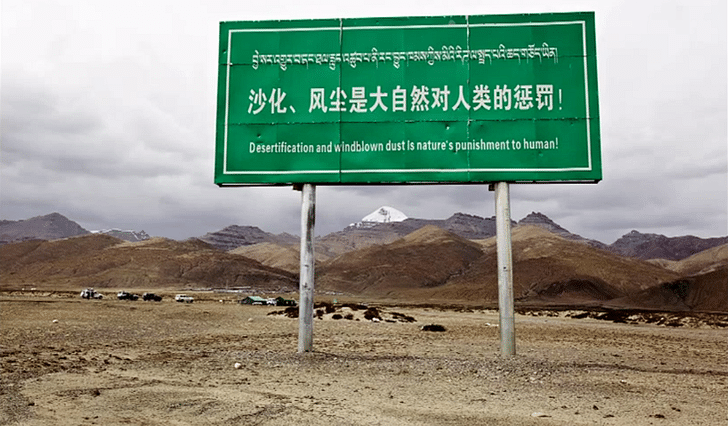
Former Managing Editor and Podcast Co-Producer for Archinect. I write, go to the movies, walk around and listen to the radio. My interests revolve around cognitive urban theory, psycholinguistics and food.Currently freelancing. Be in touch through longhyphen@gmail.com
3 Comments
Fantastic!
I love this series.
Awesome;)
Block this user
Are you sure you want to block this user and hide all related comments throughout the site?
Archinect
This is your first comment on Archinect. Your comment will be visible once approved.